

 Business Toolkit Ref Library Sitemap |
|  | |||||
Albert couldn't live on the reserve any more. This worked out fine for Doc. Albert could show the hunters where the wolves hanged out. This sure came in handy that winter when Doc invited his wolf hunting friends. Yes, Doc was always full of ideas. The first winter Margaret was the cook here, and I the "Bull cook." Albert, the guide, had all the ingredients to go wolf hunting. What made it even more attractive was the Canadian government paid $25.00 bounty for every wolf shot. After the game, wardens took two pieces of skin from eye to ear, the hunters could keep the hide.
They came with Piper Cubs: three, four, or more at a time. One even had a four-seat Piper Clipper. The Cub was a two-seater: pilot in the front and the hunter in the back seat with a shotgun. They would circle until a wolf got onto the lake, then dove and shot. The very first was a black timber wolf, a rarity, the only one we ever saw.
One fellow had an idea - to use something which was used during the war - although it would be a lot more primitive. He fastened two shotguns to the struts of the wings, one on each side. All he had to do when spotting a wolf was to dive his airplane toward his quarry, line up and let them have it with both barrels. Sounds good: the Germans had their Stukas, they hit their target most of the time. (Note: Stuka, from Sturzkampfflugzeug meaning "dive bomber"). However, there was a difference: these wolves ran for their lives and not always in a straight line; they could turn faster than the man and his airplane. Pretty soon, he gave up on that idea and did it the old way, which was a lot more profitable.
I went several times up in them flying bed boards, sometimes for fun, sometimes to pick up and bring back the dead wolves. The pilot once said, "There is a wolf", then flipped the Piper on its side and dove down. Wow, what a feeling for a novice like me. The wolf grew and grew. It turned out to be a moose!
Another time we were cruising along when the motor quit. The pilot was not worried. He said, "We ran out of gas." He then reached over and switched to spare and kept going. Little unknown things made me uncomfortable. What would Margaret think if I did not get home. I asked Albert if he was able to fly these little planes. "Yeah, easy, pull stick, plane goes up, pull sideways, plane turns, easy enough." The Indians were people of very few words, I found.
The pilot of the four-seat Clipper invited Margaret, myself and Rose, an Indian maid, who did the cleaning, to go flying in his plane. Beautiful, that's what the ladies thought too, seeing Sioux Narrows the way a bird looked at us. We cruised around for awhile then the man said, "You folks want me to fly under the bridge?" "Sure we'll go with you." Was this a dare devil stunt or what? I didn't think so. He handled this machine like I would my bike.
Most guests were lawyers, business exec's and so forth. They lived high off the hog, and Margaret had to feed this bunch of hungry people. "This is my steak," a fellow said, and put his finger in it.
Big party every night. One man had a Polaroid Land camera, something new, a camera that developed its own pictures. Yes, hard to believe, but it worked. Albert was selected as the official time keeper, it took several minutes to bring the image out. When the time was up, Albert said "NOW." The man pulled the paper out, and right before your eyes, it became a perfect photo. We kept some of the photos. They had a brown color and in time they faded away.
There was a tragic mishap that winter. Those Piper Cubs did not have an electric starter. To get them going, you had to spin the propeller. The way it went was the pilot got into the plane and told someone to "prime." The person pulled down on the prop a couple of times. When the pilot hollered "HOT", which meant "Be careful, the motor is ready to start, so get out of the way." I was watching this procedure. As usual, the pilot hollered "HOT." The man pulled down on the prop, but was not fast enough. It cut his right arm just above the wrist. He stuck his arm up, his hand was hanging down by the skin. The man never lost his nerve. With his left hand, he grabbed the severed one, put it where it should be and asked for a towel. Another airplane flew him immediately to Canary where they would try to attach it again. Next summer, he came back to fish. He still had a hand but it was useless.
We had some fun with the dead wolves. When the hunters came in, the wolves were still warm and flexible. I would put them in a position as if they were still alive, sometimes using sticks and snow to prop them up. They would freeze in place overnght. I would even put a piece of wood in their mouths so they would show their teeth, etc.
One adventurer I really admired was Mike. He was, by the looks of him, a poor boy, an automobile factory worker from Detroit. Apparently, he liked flying, nothing seemed to stop him. He got himself an old Piper Cub with wooden skis and a wooden propeller. All the other planes had metal props and skis. Mike had no radio and came flying in all by himself. I asked him, "How do you find your way in this hostile wilderness?" "No problem," he said, "I have a compass and a map and only fly during the day when it does not snow, and mostly I follow the road." One morning on his way here, he thought his engine had seized up. He worked on it for a long time to find the cause, and finally found the trouble: the oil was so thick and heavy he could not turn the prop. So he changed it to 5W and on he went to Sioux Narrows, and here he was.
Related resources:
Piper J-3 Cub from Wikipedia.
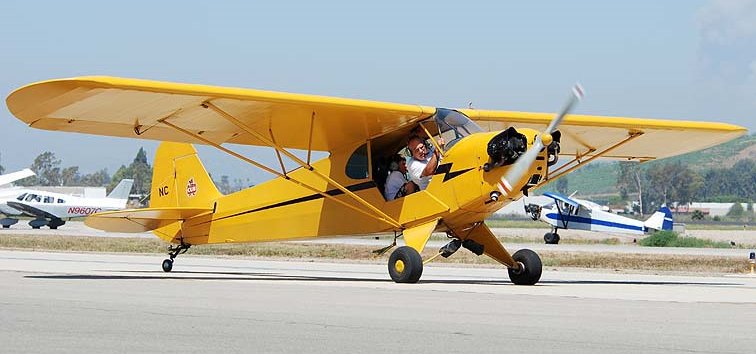
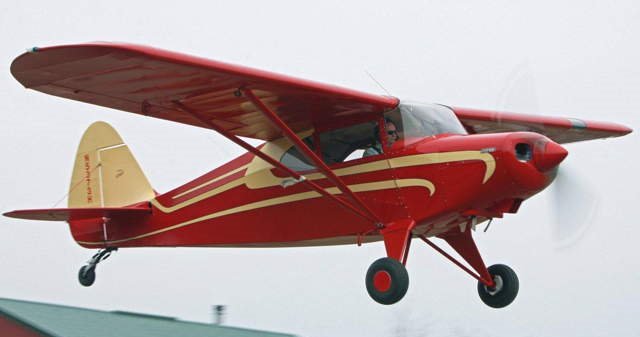
Piper Aircraft from Wikipedia. "Between its founding in 1927 and the end of 2009, the company had produced 144,000 aircraft in 160 certified models, of which 90,000 are still flying.
... originally founded as the Taylor Brothers Aircraft Manufacturing Company in September 1927 ... The company was enticed to move to Bradford, Pennsylvania, with the promise of larger facility and investment capital from local businessmen, including an initial investment of $400 from local oil industry engineer William T. Piper. The move was completed in September 1929. In late 1930, the company filed for bankruptcy and William T. Piper purchased the assets of the company for $761.
... Piper, often called the 'Henry Ford of Aviation', firmly believed a simple-to-operate, low-cost, private airplane would flourish, even in the darkest depths of the Great Depression. This aircraft was the E-2 Cub ... In 1946, ... Piper led the American industry in light aircraft production. Almost 7,800 of the 35,000 civil aircraft built in the United States that year were Pipers ... The following year, the postwar general aviation boom ended. Piper's output reached 3,500 aircraft, less than half its 1946 total ...
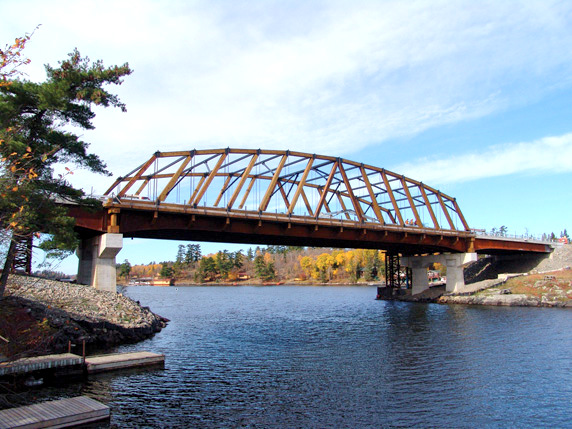
Polaroid from Camerapedia. "The Polaroid Corporation was founded in 1937 by Edwin H. Land. It is most famous for its instant film cameras, which reached the market in 1948 ... Early instant cameras were often referred to and titled as 'Land Cameras,' named after the inventor of the instant process, Dr. Land. "
Celebrate 75 years with Polaroid.
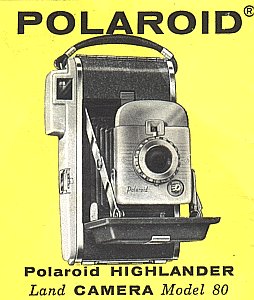 Polaroid Land Camera Model 80 |
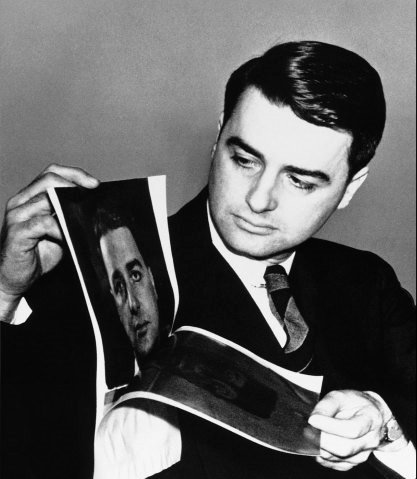 Dr. Edwin Land, Polaroid Photo of Himself |